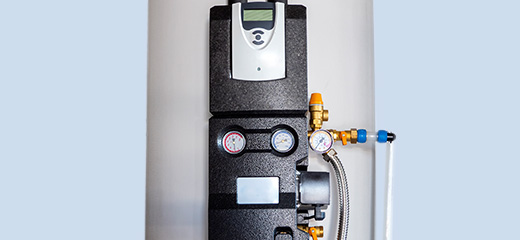
Geyser tricks that will bring down your electricity bill
If your electricity bill is getting out of hand and you want to find a way to bring down electricity consumption in your home, then your geyser should be your first port of call.
According to a study conducted by Stellenbosch University (SU), electric geysers account for as much as 32% of household electricity consumption. With the inefficiency and costs of household water heating in mind, the university embarked on an evaluation of the impact of various energy savings actions for these water heaters.
Their research findings* were published at the IEEE (Institute of Electrical and Electronics Engineers) International Conference on Innovative Smart Grid Technologies and considered, amongst others, lowering the thermostat temperature, reducing volume consumed, using a thermal blanket over the tank and the piping, and using optimised scheduled heating control.
To establish which methods were most effective, the researchers compared them using eight typical household usages as well as considering the impact of environmental factors, such as changing the ambient temperature around the water heater and the temperature of the cold water inlet.
Rating the savings
The results showed that, in general, schedule control achieves the biggest drop in power consumption, resulting in savings ranging from 9% to 18%. The highest savings are reached when only one small usage event, such as a short shower, takes place a day.
"The best way to save on your household electric water heating, is to start heating water two hours before and stopping before taking a shower or a bath," says Prof Thinus Booysen from the Department of Electrical and Electronic Engineering at SU.
“An effective schedule will be able to deliver hot water on demand while minimising the standing losses of the electric water heater. Standing losses result from the temperature difference between the water in the heating tank and the temperature of its surroundings," he explains.
The second most effective savings are achieved through insulation of pipes and installation of a geyser blanket, the study found, with savings ranging from 5% to 12%.
"Implementing schedule control, pipe insulation and a thermal blanket in combination will result in total average energy reductions of 25.1% and 14.7% for single- and three-person households respectively," reveals Booysen.
As for the temperature setting of the geyser, the research reveals that reducing the temperature by 5°C to 60°C can result in the same energy savings as cutting household hot water consumption by 20%.
The smart option
Another study conducted by Sensor Networks** returned similar results. Using its smart geyser controller, the company ran a series of controlled experiments in its geyser lab to demonstrate exactly how much electricity can be saved by using its technology.
The smart geyser controller enables homeowners to take full control of their geysers through a handy app on their smartphone including when it heats and to what temperature.
Through its experiment the company established that implementing a heating schedule and lowering the set-point temperature of the geyser definitively reduces power consumption, regardless of the amount of hot water used. Like SU, the company determined that an optimal schedule heats the water prior to being used.
The highest saving achieved in the experiment came from using both a schedule and reduced set-point temperature and was an approximately 37% reduction in the geyser's electricity consumption.
More information:
* https://www.sun.ac.za/english/Lists/news/DispForm.aspx?ID=5977
** https://www.sensornetworks.co.za/2020/10/01/geyser-energy-savings-experiment/
A smart geyser controller enables you to bring down your electricity bill with ease.








